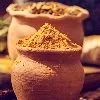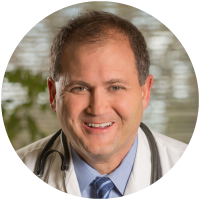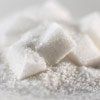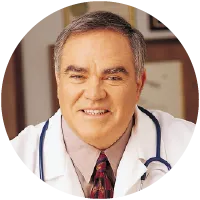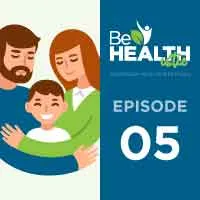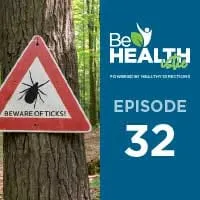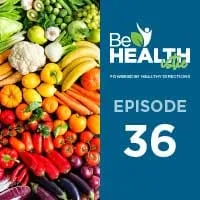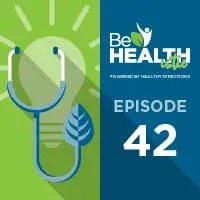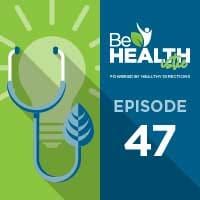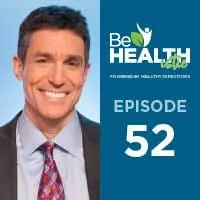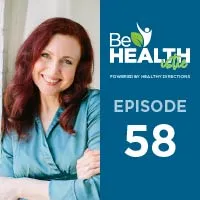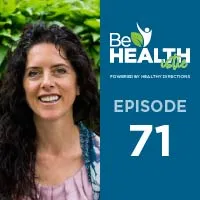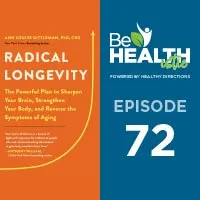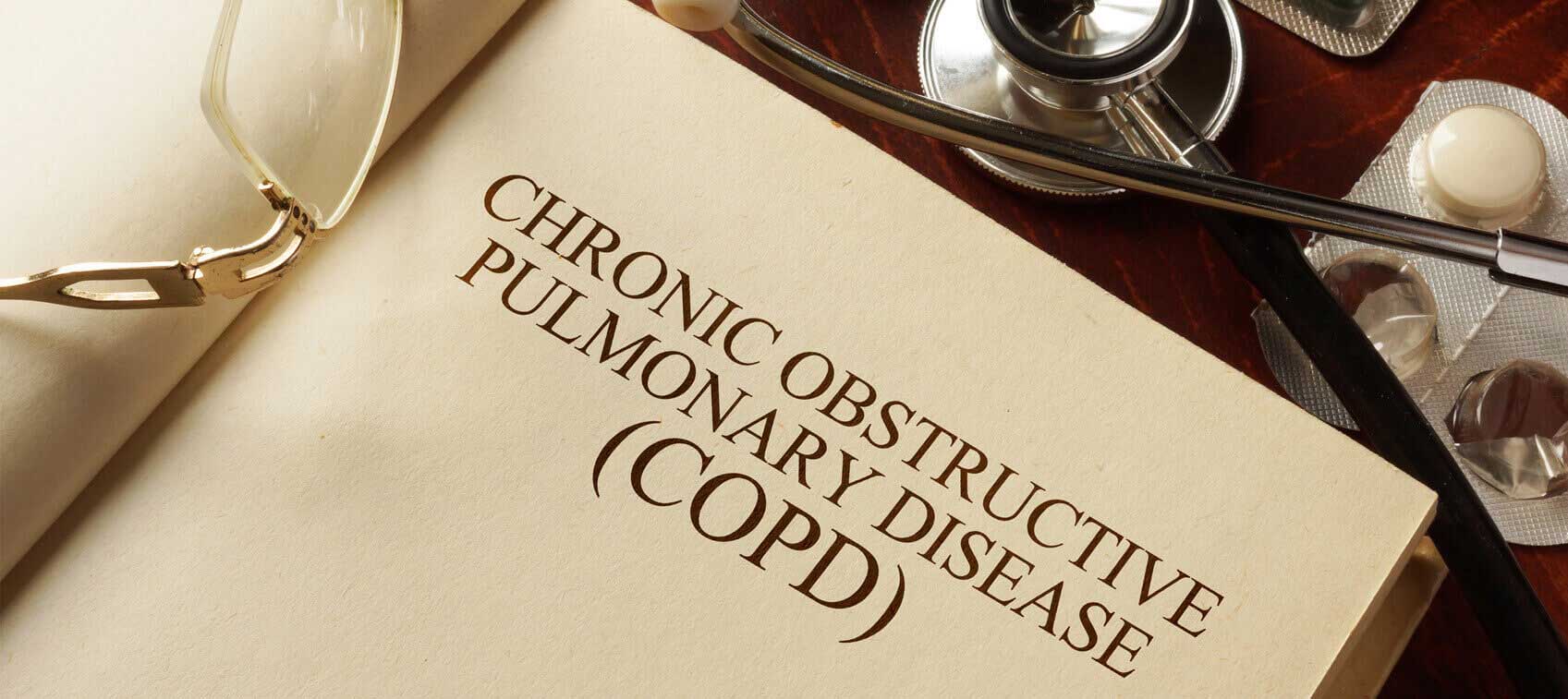
Chronic obstructive pulmonary disease (COPD) encompasses lung diseases such as emphysema and chronic bronchitis and is America’s third leading cause of death. The primary conventional treatments for COPD are medications. Inhaled bronchodilators and steroids relax the airway muscles and reduce inflammation, which helps with shortness of breath, coughing, wheezing, fatigue, and other symptoms. Short courses of oral steroids or antibiotics may also be prescribed for acute exacerbations or infections.
As the condition worsens patients often end up on supplemental oxygen, tethered to an oxygen tank or concentrator. According to many experts, oxygen is the only therapy proven to extend life in COPD patients.
It’s high time this misinformation is laid to rest. There are other therapies that have been demonstrated in scores of clinical trials to significantly improve labored breathing and shortness of breath, reduce fatigue and anxiety, boost exercise capacity, enhance quality of life and the sense of control patients have over their condition—and extend life.
Pulmonary Rehabilitation
One of the top is pulmonary rehabilitation. Like cardiac and physical rehabilitation, which help patients regain strength and function after heart attacks, strokes, surgeries, and injuries, pulmonary rehab helps people with COPD and other lung problems breathe better.
A typical program educates participants about their condition and instructs them in lifestyle changes to improve respiration and overall health. For example, obesity impairs breathing and exercise tolerance, and weight loss may improve symptoms. On the other hand, advanced COPD is often accompanied by excessive weight loss and muscle wasting, and an appropriate diet and protein supplementation help regain lean muscle mass.
People with COPD tend to be sedentary. Who wants to exercise when walking across a room wears you out? That’s why a program of gradually increasing aerobic activity to increase endurance and cardiorespiratory efficiency plus resistance exercises to build muscle strength is one of the most therapeutic elements of pulmonary rehab.
Breathing exercises are also critical and a cornerstone of pulmonary rehabilitation. In addition to improving labored breathing, exercise capacity, and quality of life, they often reduce medication and oxygen requirements.
The following exercises are great for COPD, but also for healthy older people (since lung function declines with age) and for anyone dealing with stress and anxiety.
Pursed-Lips Breathing
Pursed-lips breathing can be done anywhere, any time, and is a good technique to use whenever you’re feeling short of breath. Breathe in through your nose then out through your mouth with lips slightly pursed like you were blowing out a candle but slowly—do not force the air out. Try to make your exhalation at least two times longer than your inhalation, e.g., inhale to a count of two, exhale for four counts. Do a few rounds of this four or five times a day until it becomes second nature.
Belly (Diaphragmatic) Breathing
Belly breathing strengthens the diaphragm, which is the primary muscle of respiration. Sit or lie down and place one hand on your chest and the other on your abdomen. Breathe in deeply through your nose and breath out slowly through pursed lips, focusing on the rise and fall of your belly. Practice for five to 10 minutes a couple of times a day as well as at bedtime to facilitate sleep.
Harmonicas for Health
Harmonicas for Health was created specifically for people with COPD and other lung diseases. Playing this inexpensive, portable instrument requires both blowing out and drawing in air, which exercises the diaphragm and abdominal muscles and improves breath control. Participants in this program report less shortness of breath, easier mucus removal, and better exercise tolerance—and it’s a fun social activity.
Call 866-316-COPD (2673) for more information or to order a $15 starter kit.
Find a Pulmonary Rehab Near You
Currently, there are only 230 pulmonary rehabilitation treatment centers in the entire country. And a mere three percent of patients with COPD receive pulmonary rehab. Medicare provides some reimbursement for moderate to very severe disease, but few insurance companies cover it, even though pulmonary rehab reduces hospitalizations and cuts costs over the long run.
More than 15 million Americans have COPD, and an equal number are likely affected but have not been diagnosed. Yet COPD ranks a measly 155th in government research funding. Why?
Well, one reason may be because COPD is usually caused by smoking, and as with AIDS, addiction, and obesity, there is a tendency to blame the patient for the disease—even though long-term exposure to environmental or workplace toxins are also common culprits, and one in four COPD patients has never smoked. Another reason is that COPD is still thought of as an incurable, essentially untreatable disease.
This must change. COPD is a serious but treatable chronic condition that can be stabilized and actually improved. Doctors need to recognize this, prescribe pulmonary rehab, and give their patients hope.
Visit aacvpr.org to locate pulmonary rehab programs in your area.
Additional Natural Treatments for COPD
In addition to pulmonary rehab, I also recommend a couple of key supplements that can help improve COPD symptoms.
A common symptom of COPD is increased mucus secretion. In healthy people, mucus is constantly being produced but is cleared from the lungs by the action of tiny hair-like cilia that line the airways. The cilia beat rhythmically, creating vibrations that liquefy and move mucus up the trachea and throat, where it is swallowed or expelled. In COPD patients, however, overproduction of mucus overwhelms the system.
As mucus accumulates in the lungs, it not only blocks the airways but also becomes a breeding ground for bacteria and increases the risk of pneumonia and other infections. Coughing is the most natural way to bring up excess mucus, and indeed a chronic, phlegmy cough is a hallmark symptom of COPD. As the condition worsens, however, shortness of breath makes it hard to muster up a productive cough.
That’s why oral agents that thin excess mucus by either liquefying it (expectorants) or breaking it down (mucolytics) are helpful natural treatments for COPD.
One natural expectorant is a liquid form of potassium iodide called SSKI, which has been in continuous clinical use for more than 100 years. The suggested dose of SSKI is 3–6 drops in water 2–3 times a day. Be aware that continuous use of SSKI requires periodic monitoring of thyroid hormones.
Mucolytics are even more promising when it comes to treating COPD. The best natural mucolytic is N-acetyl cysteine (NAC), which reduces inflammation and thins mucus that accumulates in the lungs.
In addition to improving lung function, NAC is also a powerful antioxidant that boosts levels of glutathione, the hands-down front-line defender against oxidative stress in the respiratory tract. Concentrations of glutathione are more than 100 times greater in the lungs than in the blood serum! In fact, some researchers believe that the reason NAC is one of the most effective natural treatments for COPD is because of its antioxidant properties rather than its mucolytic effects.
This is logical because oxidative stress is the underlying cause of COPD. Long-term exposure to irritants creates a storm of free radical damage and inflammation that narrows the airways and destroys the alveoli, the tiny, honeycomb-like sacs in the lungs where the capillaries pick up oxygen and release carbon dioxide.
The recommended dose of NAC is 1,200–1,800 mg per day, taken in divided doses.
You’d think that boosting glutathione levels would be an obvious goal when treating COPD, but it isn’t. Oral glutathione doesn’t raise levels in the blood, let alone the lungs, and intravenous administration is surprisingly ineffective at targeting the respiratory tract. There is, however, one proven method, and that is to inhale it directly into the lungs via a nebulizer.
Nebulizers are devices that break liquids into tiny droplets that can be inhaled. When nebulized glutathione is administered in five- to 10-minute treatments a couple of times a day, it boosts antioxidant concentrations in the lungs, reduces free radical damage, increases oxygen saturation, and improves pulmonary function. Although inhaled glutathione isn’t a conventional treatment for COPD and most of the studies on this therapy have involved patients with cystic fibrosis, it has developed a loyal following among many patients and physicians.
Inhaled glutathione requires a prescription and is available from compounding pharmacies. The usual starting dose is 300 mg of glutathione (200 mg/cc, draw 1.5 cc and place in nebulizer) twice a day. Note: Patients with cystic fibrosis and other respiratory disorders can benefit from this therapy; however, it may cause bronchoconstriction in those with sulfite-sensitive asthma.
Early Diagnosis Is Key
Most people with COPD aren’t diagnosed until at least 50 percent of their lung capacity is gone, and this degree of damage makes treatment an uphill battle. Pay attention to early warning signs such as shortness of breath and chronic cough, especially if you've been a smoker or had occupational exposure to chemicals, dust, or other pollutants, and ask to be tested for COPD. Don’t wait until symptoms are severe and lung function is seriously compromised.
If you have been diagnosed, own it. Take control of your health by learning everything you can about COPD, exercising regularly, mastering breathing techniques, taking supportive supplements, finding a pulmonary rehab center you can go to, and making other appropriate lifestyle changes. Of course, it takes focus and effort, but that’s a small price to pay for a breath of fresh air.


